
Efficient Team Communication: Utopia or Reality?
- 19 Min read
More and more companies are setting up remote work and trying to make it as effective as physical offices. 72% of technology companies have employees working from their homes, according to the Velocity Global Special Report for 2022.
As teams learn how to work remotely, companies realize the need for a platform that would assist in organizing online work and boosting collaboration between team members. Now, some companies practice a mix of in-office and remote work. So, a new challenge emerges, namely, to find a solution for organizing the collaboration between ‘home’ and ‘office’ employees.
In this article, we will take a closer look at the best Atlassian Confluence alternatives and explore the benefits and disadvantages of each competitor. Read on to find your solution!
Confluence is an online team workspace and a corporate wiki that assists users with improving effective collaboration and productivity. The Confluence platform serves as a unified space for sharing knowledge, organizing content, collaborating and communicating simultaneously. Confluence consolidates this information and knowledge on one platform available to every member of the team.
If your team works online, it may be hard to spread all the information across different platforms, for example, Google Drive, emails, PDFs, chats and various applications. Atlassian Confluence is one of the possible solutions to this problem. Let’s see why users opt for Confluence!
Like any other alternative platform, Confluence also has its drawbacks.
As you see, Confluence may not be suitable for all users. Different teams have different needs. So choosing the most appropriate and fitting alternative for facilitating your team’s collaboration can turn into a real challenge. If you are struggling with selecting what platform will work best for you or if you want to switch from Confluence to other alternatives, keep reading.
Team collaboration is about meeting your goals faster, so let’s look at the top 8 alternatives you must know about!
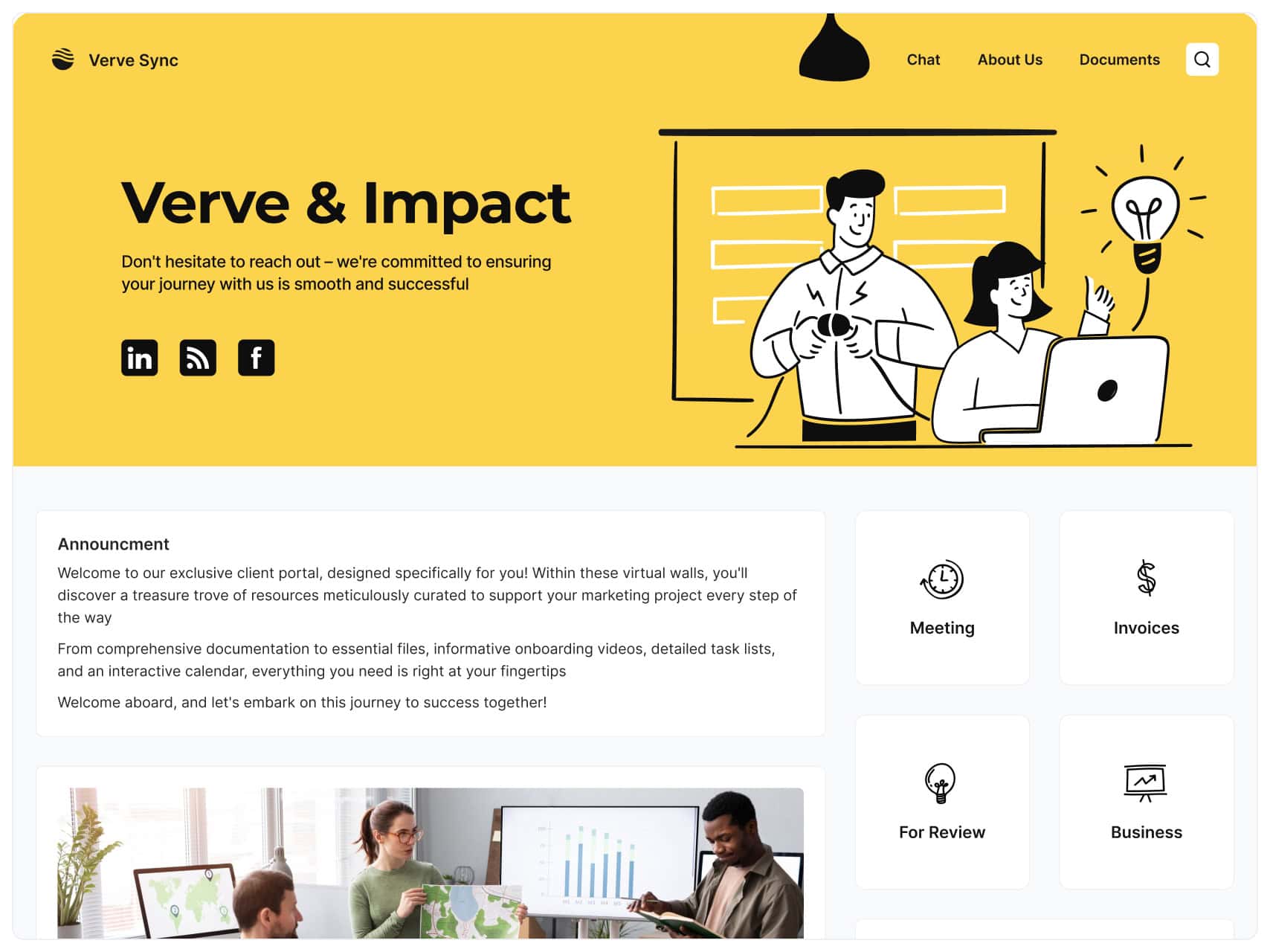
FuseBase (formerly Nimbus) is an excellent alternative to Confluence. It is an online collaboration tool for teams that thrive on innovation and creating ideas.
FuseBase offers a large set of features that help users work more effectively and productively. For example, it allows you to collect different types of content, like documents, images, video & audio files or any other attached files, on a single all-in-one page. Users can easily change the appearance of pages, move each piece of information and transform pages into different types of content like articles or guides.
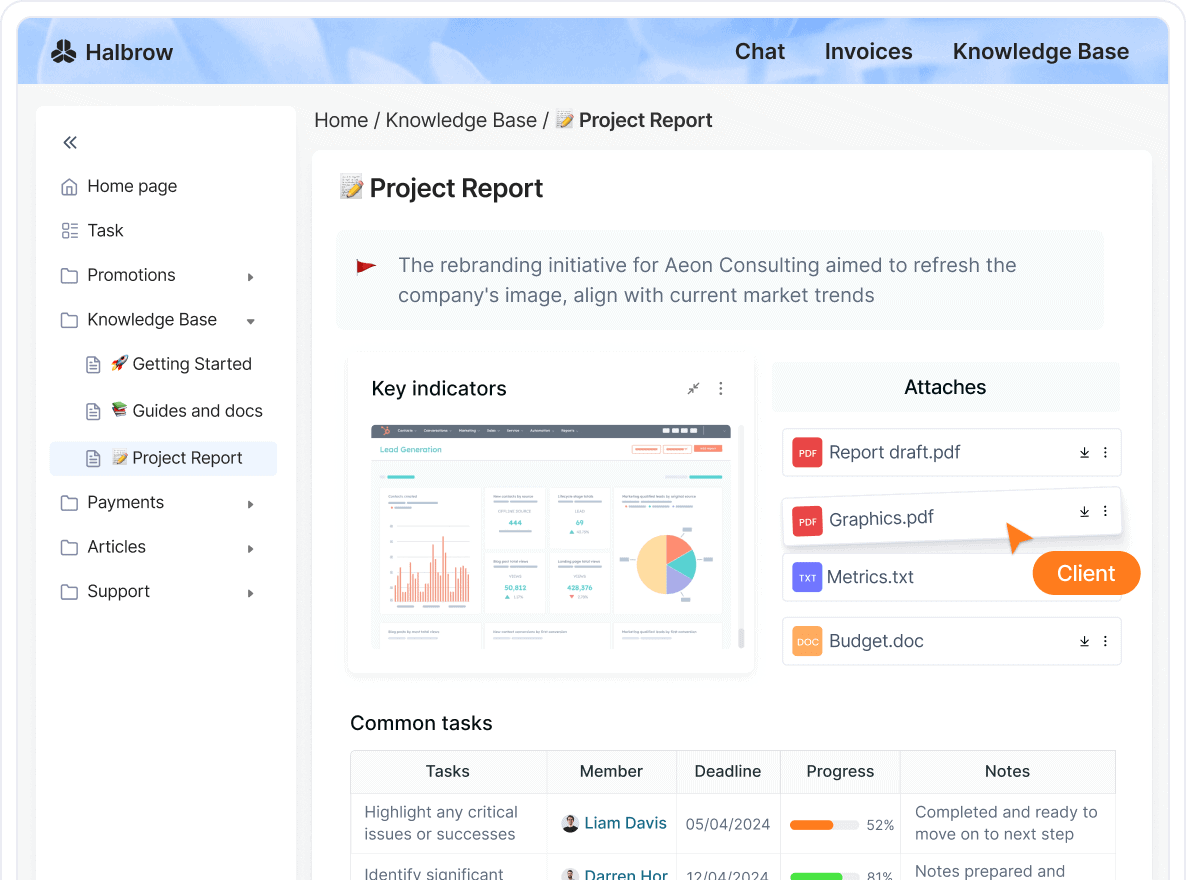
One of the richest tools of FuseBase helps you set up your own brand logo and remove all the mentions of FuseBase. It will help your team to level up brand awareness and increase loyalty to your company. Furthermore, there is an opportunity to personalize the system of sending emails by adding an SMTP server. You can send emails from your company email address without any FuseBase branding.
As for prices, you can use a free account. Alternatively, you can upgrade it to a Plus or a Premium account. They are the best fit for teamwork and collaboration. You can check the plans here.
FuseBase can become a powerful alternative to Confluence. It is a suitable platform for both personal use and collaboration with your team. If you need more information, you can find additional comparisons with other products here.
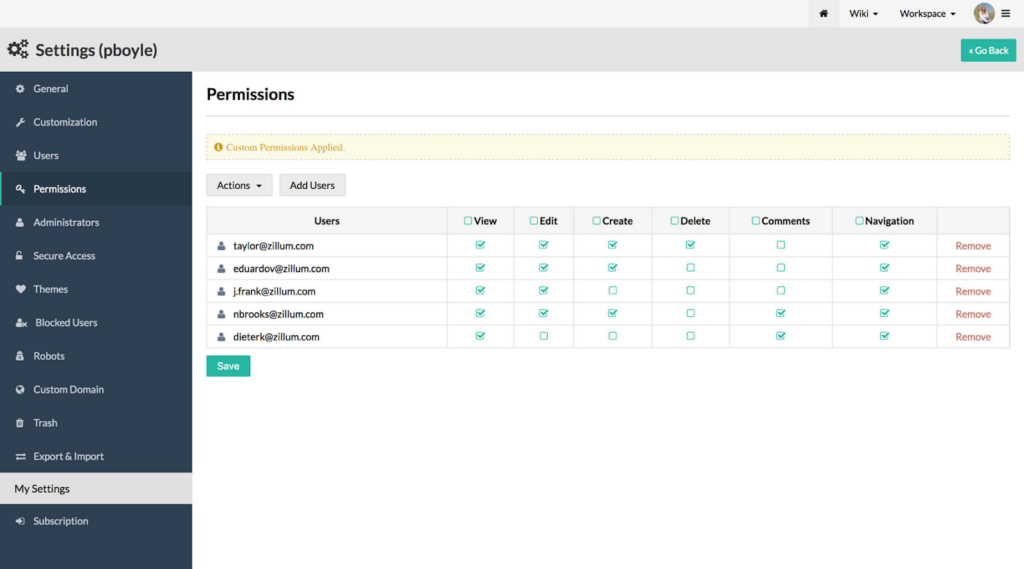
Zoho Wiki is also a renowned Confluence alternative. It is a web-based wiki software that is functional both for individual and team usage. Zoho Wiki integrates with all productivity applications of Zoho.
It offers an opportunity to create a centralized information repository, which helps teams to benefit from collaboration experience and increase their productivity. Zoho Wiki provides users with a hassle-free editor and helps to secure sensitive data. If you are looking for a tool where you can set permissions for every page and assign a couple of administrators to share their responsibilities, Zoho Wiki can be a good alternative choice.
The Business payment plan goes for €2.70 per month per member. As an alternative, there is also a free version for up to 3 users. So what are the advantages and disadvantages of Zoho Wiki?
Compared to Confluence, Zoho Wiki is a better solution for personal use or small teams. It’s easy to navigate and doesn’t offer complicated tools, which makes it an easier, more convenient alternative to Confluence.

Microsoft SharePoint is also one of the most recognized Confluence alternatives.
It comes with the MS business office package, so it fully integrates with other office products. You can use this alternative tool as a database for saving, managing and controlling access to different types of files. It is a great tool for performing collaborative content management processes and building an intranet portal.
The platform offers three packages: SharePoint Online Plan 1, Plan 2, and Office 365 E3. Prices start from $5 per user per month, so it is a competitive Confluence alternative.
Let’s look at some of the advantages and disadvantages of Microsoft SharePoint.
Although SharePoint has some pros, this platform is hard to understand and is not as developed as competitors like FuseBase. You will likely have to spend a lot of time trying to figure out how it works. Still, it is a robust Confluence alternative for advanced power users who understand how to develop and manage the platform.
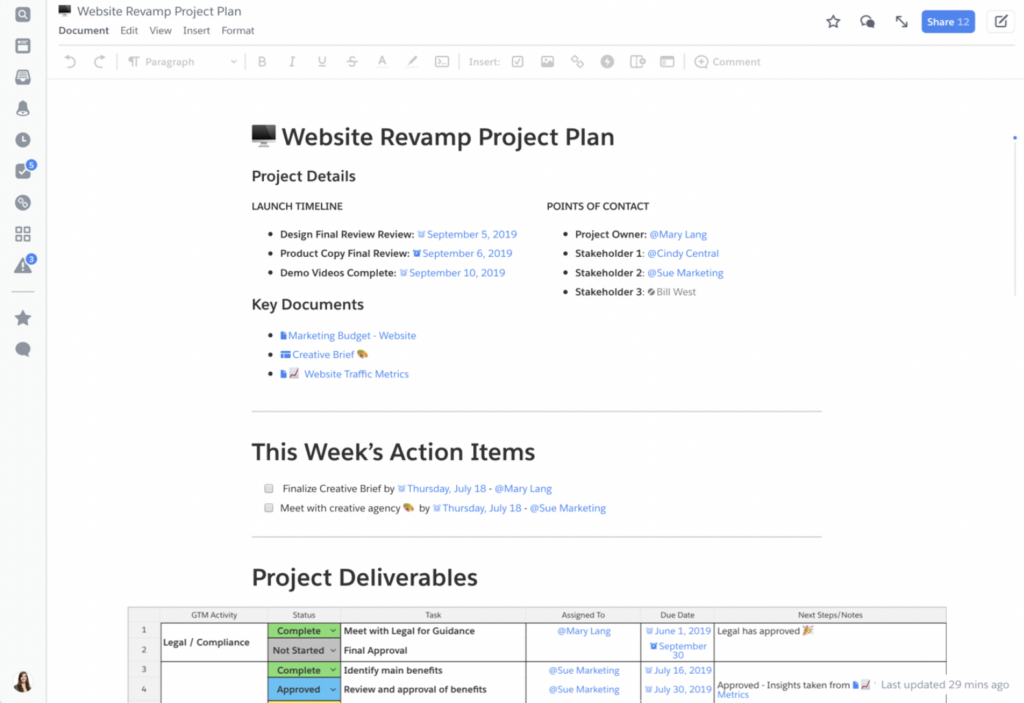
As a Confluence alternative platform, Quip focuses on effective communication and collaboration between team members.
It’s perfect for project management and connecting remote workers. This app is a great multifunctional tool to combine real-time communication, manage multiple projects and simplify project management. Quip also provides tight integration with Salesforce. For example, it allows inserting documents or spreadsheets inside Salesforce while opening Salesforce reports inside this alternative solution.
The pricing plans include Quip Starter, Plus and Advanced. They cost $10, $25, and $100 per user per month. Let’s have a look at the advantages and disadvantages of Quip as a Confluence alternative.
Quip provides various useful features, so it can serve as a Confluence alternative. However, it doesn’t fit perfectly with big teams. Moreover, Quip’s strengths are in its integration with Salesforce data, so it’s the most useful for Salesforce-powered companies.
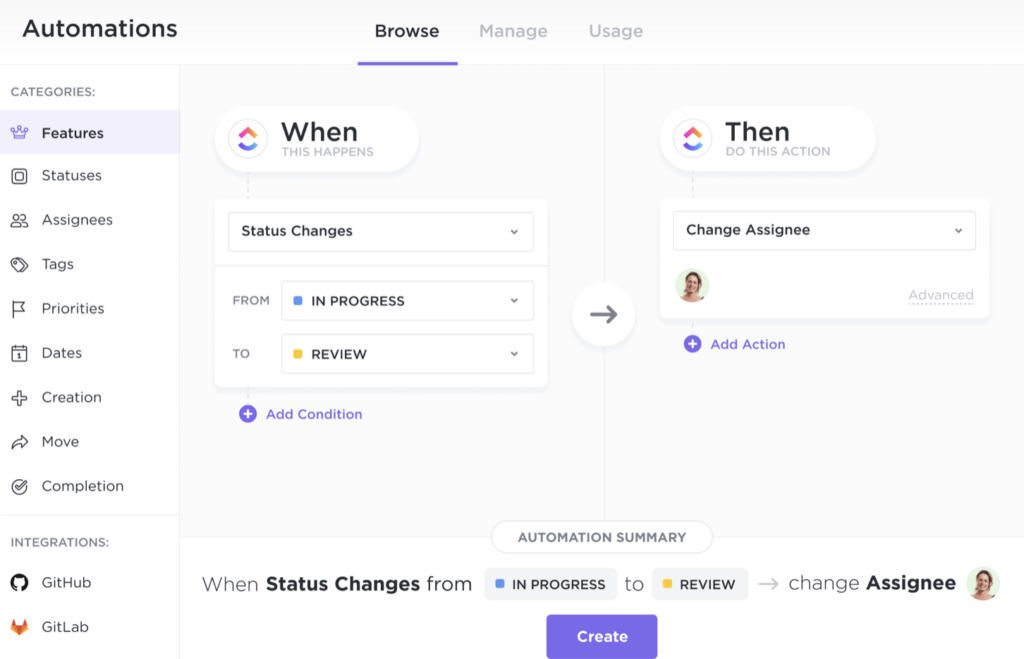
This is one of the most likable Confluence alternatives for users who like a vast variety of features in one app. Tools for collaboration make it easy for teams to work together and stay connected with real-time editing.
ClickUp, as a Confluence alternative, works on phones, desktops, Chrome, Alexa, Google Assistant and Gmail. Users can even create tasks via an email account and attach emails to tasks without leaving their Gmail account.
One of the most significant advantages of this Confluence alternative is the possibility to use shortcuts and slash commands, boosting your productivity. ClickUp also allows users to create a visual hierarchy by adding nested pages and provides various tools to categorize their working space. It also provides an opportunity to build a knowledge base for customers in ClickUp.
ClickUp offers a free plan for personal use and four more plans for teams depending on the team size. The prices start from $5 per user per month if you pay yearly and $9 per user monthly.
What are the advantages and disadvantages of this Confluence alternative?
As you see, ClickUp has unique benefits as an alternative collaboration tool. However, users often find it challenging while starting off. Also, some of the tools, like the whiteboard, seem sound. Still, they are overcomplicated, making it uneasy to collaborate with the whole team.
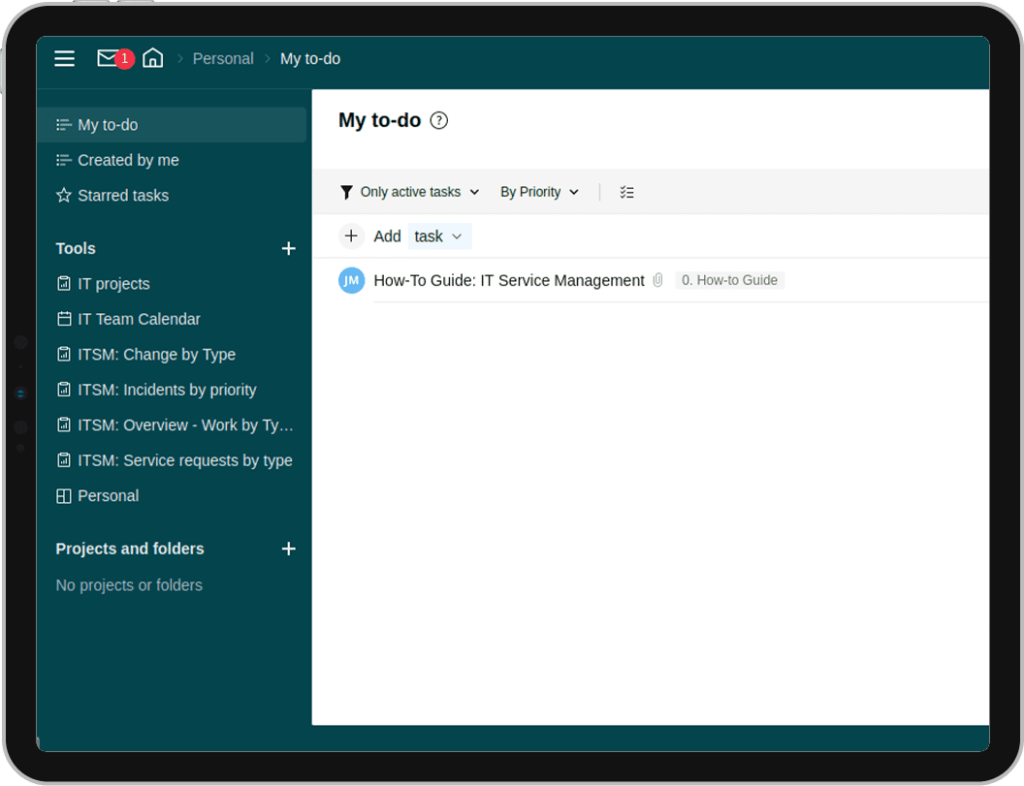
Another great Confluence alternative for team collaboration is Wrike. This software connects team members, discussions and tasks to the user’s project plan. Wrike is useful for its hundreds of integrations that make work easier. Users can also set up a knowledge base for better information storage.
The list view is convenient for getting a quick overview of your tasks. There is also a Calendar view available that makes it easy to track what needs to be done. Therefore, it is available only for Business and Enterprise users.
The lowest-paid plan costs $9.80 per user per month and supports 5 to 15 users, but it lacks some crucial tools such as time tracking and real-time reports making collaboration more complicated.
So what are Wrike’s advantages and disadvantages?
Although it seems convenient and user-friendly, the free version lacks many customization options. Wrike is more like a shared task list for small teams of 1–5 users. And, as you see, it doesn’t provide some crucial features to improve communication and collaboration, something that FuseBase does very well. But still, you can use it as a great Confluence alternative.
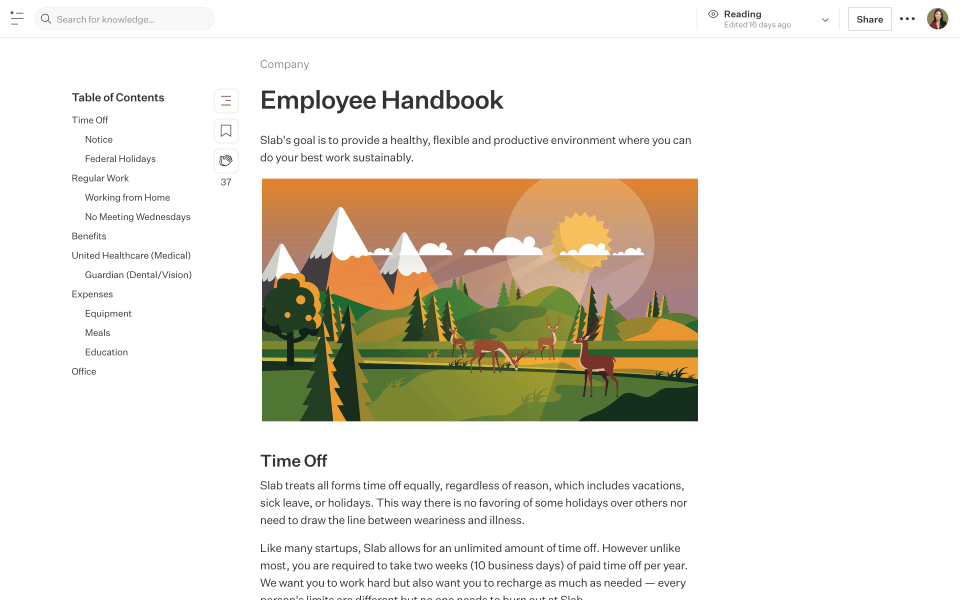
Some of Confluence’s weaknesses are complex setup processes and a lack of features to prevent the accumulation of outdated information. In this area, Slab is your refreshingly simple and user-friendly Confluence alternative. The platform helps with organizing and finding knowledge easily while keeping it up-to-date, thanks to the special verification feature. Slab integrates with many of your team’s favorite apps, too.
With Slab, you have knowledge bases featuring AI-powered search, ready-to-use templates for SOPs and guides, and custom domains. Real-time collaboration and usage analytics make it easy to collaborate and track knowledge engagement. The verification feature, which we’ve already mentioned, is extremely useful, as it requires teams to update information regularly or confirm that the existing documents are still accurate.
Slab has a free plan featuring basic features sufficient for a platform’s test drive or managing small teams of up to 10 users. The paid plans start at $8 per user per month, and some are free for non-profits and educational institutions.
Slab presents a compelling Confluence alternative, especially for software development and operational teams seeking a user-friendly interface and seamless integrations with project management and communication apps.
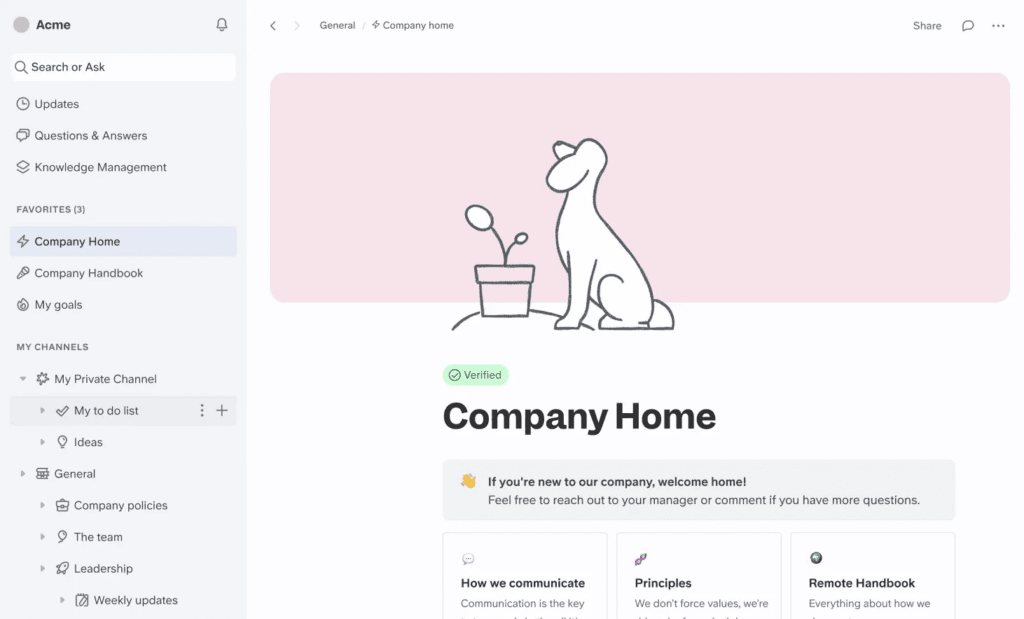
Confluence often feels like too much for non-tech teams, so some of them transfer their knowledge to software alternatives, such as Slite, which is liked for its fast AI-powered search and low learning curve. Unlike Confluence, Slite provides instant and knowledge-driven answers through its AI assistant and the “Ask” feature. The platform is a great tool for keeping your knowledge base fresh and trustworthy with easy verification features.
Slite’s verification feature is not unique, but it’s still a must-have for keeping information accurate in a knowledge management app. The platform’s document editor has a built-in AI assistant for refining and formatting content, while automation takes the hassle out of recurring tasks. With Slite, you can organize information effortlessly in flexible collections, enrich content with visuals, and seamlessly import existing documents from other platforms.
Slite does not offer free plans, but it does offer a 14-day free trial of paid plans priced at $10 per user per month and more. The Standard plan provides a collaborative space with an unlimited number of documents and permission management, while the Premium plan removes the limit on monthly AI prompts and offers a custom domain for published documents.
Summing things up, Slite is a Confluence alternative for businesses seeking a user-friendly and collaborative knowledge base solution. The AI-powered features streamline content creation and retrieval, and the intuitive interface promotes widespread adoption across teams.
There are many Confluence alternatives with various features and functions for different needs. So how do you select the best alternative for your team?
Set a target. Understand the problems a collaboration platform can solve. Then, define the features that will help. Every Confluence alternative has its own advantages and disadvantages and you need to understand what exactly you need for better collaboration.
However, if your main goal is to increase productivity and organize multi-format information, FuseBase is your perfect choice.
Try FuseBase for free and use it as a Confluence alternative to boost effective team collaboration!
Disclaimer
Parties other than FuseBase may provide products, services, recommendations, or views on FuseBase site (“Third Party Materials”). FuseBase is not responsible for examining or evaluating such Third Party Materials, and does not provide any warranties relating to the Third Party Materials. Links to such Third Party Materials are for your convenience and do not constitute an endorsement of such Third Party Materials.
Found it useful? Share the article with your community
Get weekly tips and insights on how to grow your business